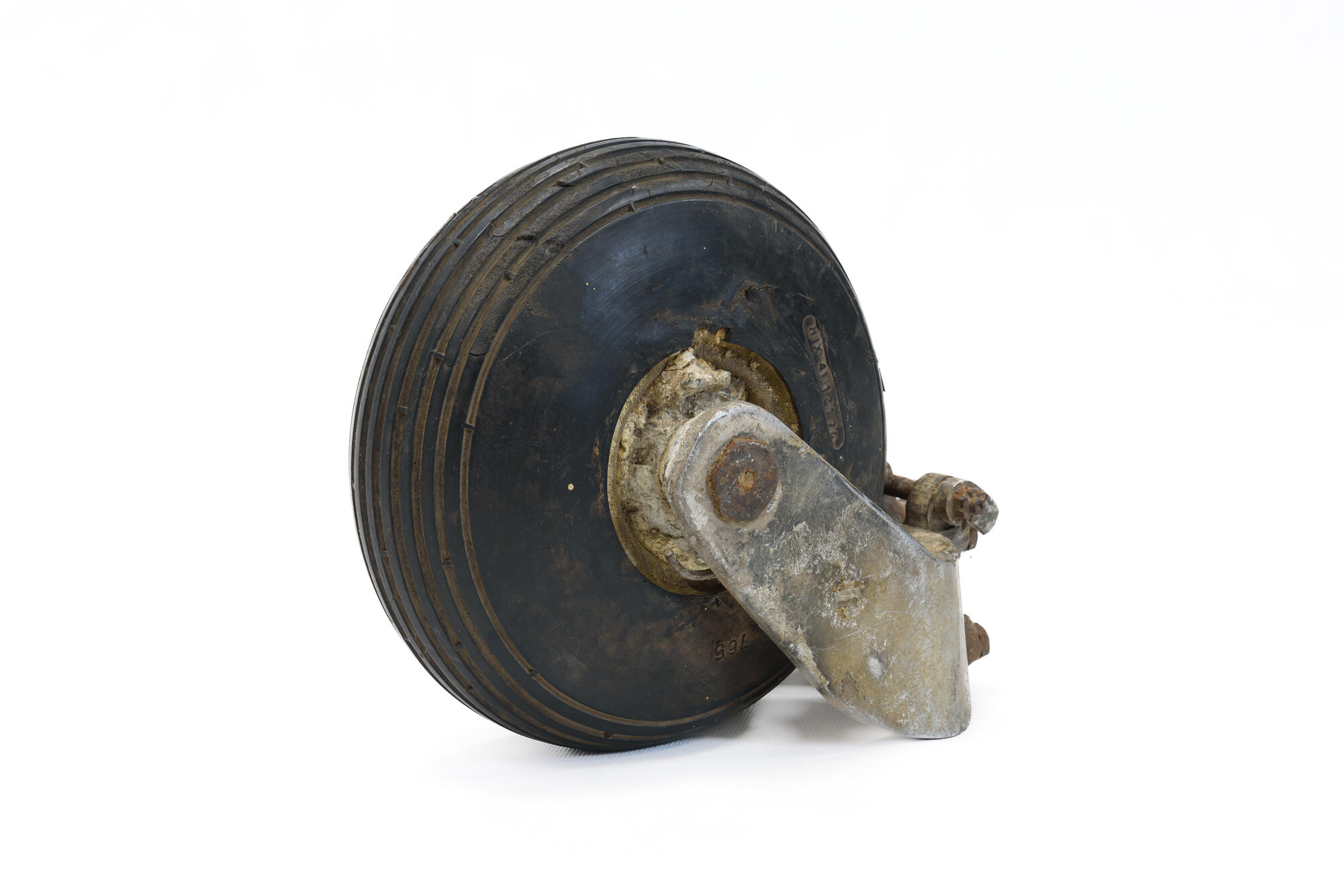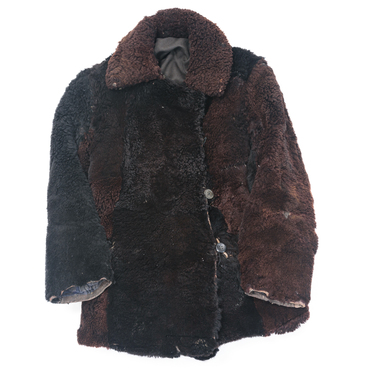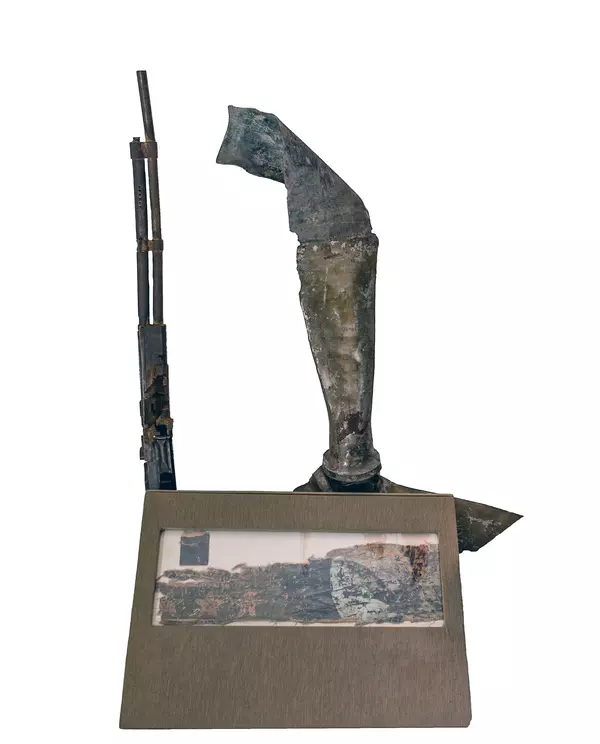In the summer of 1940, tests of the high-speed trainer aircraft UTI-26, developed by the team of the design bureau of Alexander Sergeyevich Yakovlev, began. The aircraft demonstrated great flying qualities: the speed was 586 km/h at an altitude of 4500 m. But test pilots pointed out the complexity of controlling the aircraft, which was unacceptable for novice pilots. Therefore, it was decided to modify it. After making significant improvements, an almost new trainer aircraft was developed. The UTI-26 was re-submitted for state tests. It successfully passed them and was recommended for mass production under the designation Yak-7.
Externally, the Yak-7 aircraft was similar to the Yak-1, but structurally they were radically different. The wing consisted of two panels fastened together along the axis of the aircraft. The radiator was enlarged and mounted further aft, and new landing gear with larger diameter wheels was developed. This caused some technological difficulties at the plant manufacturing the Yak series, which had to simultaneously build two types of aircraft — combat and trainer.
When setting up the production of the Yak-7, the plant’s engineers and designers tried to consolidate the manufacturing activities for both types of aircraft as much as possible. A young designer, K. Sinelshchikov made a proposal that became a turning point in the fate of the Yak-7 fighter. His idea — to install the standard armament of the Yak-1 aircraft on this two-cockpit aircraft — was met by many with skepticism. However, soon Alexander Yakovlev gave permission to redesign one completed trainer aircraft for the installation of a ShVAK cannon and ShKAS machine guns. The equipment and controls were removed from the second cockpit at the same time. The vacated cockpit compartment could be used for various purposes, which was an advantage compared to other aircraft of this type.
During serial production, the Yak-7 fighter was repeatedly upgraded and more than a dozen different variants were built. At the beginning of 1942, the Yak-7b variant began to be mass-produced. It featured a more powerful engine and bomb racks for six RS rockets or small bombs, while the ShKAS machine guns were replaced with large-caliber BS guns. The cockpit canopy and fuselage were modified based on the Yak-1b aircraft. Metal wing stringers were installed on the last experimental Yak-7b, which allowed to increase its fuel tank capacity and flight range. The aircraft, which received the designation Yak-7DI, served as a prototype of the Yak-9 series of fighters.
In total, the aviation industry produced 6,399 Yak-7 aircraft of all modifications. The Yak-7 fighters were actively used throughout the Great Patriotic War.
Externally, the Yak-7 aircraft was similar to the Yak-1, but structurally they were radically different. The wing consisted of two panels fastened together along the axis of the aircraft. The radiator was enlarged and mounted further aft, and new landing gear with larger diameter wheels was developed. This caused some technological difficulties at the plant manufacturing the Yak series, which had to simultaneously build two types of aircraft — combat and trainer.
When setting up the production of the Yak-7, the plant’s engineers and designers tried to consolidate the manufacturing activities for both types of aircraft as much as possible. A young designer, K. Sinelshchikov made a proposal that became a turning point in the fate of the Yak-7 fighter. His idea — to install the standard armament of the Yak-1 aircraft on this two-cockpit aircraft — was met by many with skepticism. However, soon Alexander Yakovlev gave permission to redesign one completed trainer aircraft for the installation of a ShVAK cannon and ShKAS machine guns. The equipment and controls were removed from the second cockpit at the same time. The vacated cockpit compartment could be used for various purposes, which was an advantage compared to other aircraft of this type.
During serial production, the Yak-7 fighter was repeatedly upgraded and more than a dozen different variants were built. At the beginning of 1942, the Yak-7b variant began to be mass-produced. It featured a more powerful engine and bomb racks for six RS rockets or small bombs, while the ShKAS machine guns were replaced with large-caliber BS guns. The cockpit canopy and fuselage were modified based on the Yak-1b aircraft. Metal wing stringers were installed on the last experimental Yak-7b, which allowed to increase its fuel tank capacity and flight range. The aircraft, which received the designation Yak-7DI, served as a prototype of the Yak-9 series of fighters.
In total, the aviation industry produced 6,399 Yak-7 aircraft of all modifications. The Yak-7 fighters were actively used throughout the Great Patriotic War.







